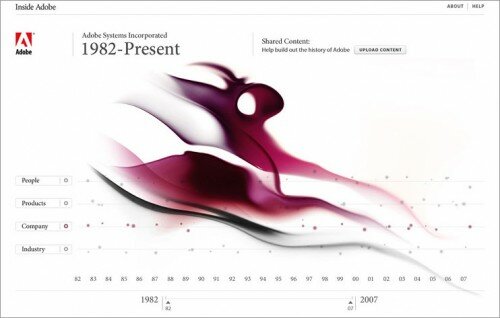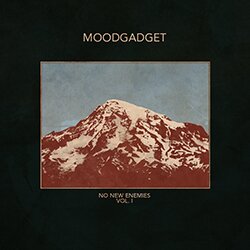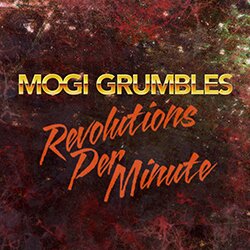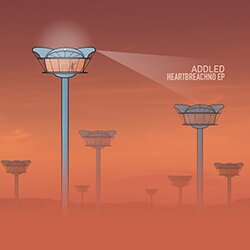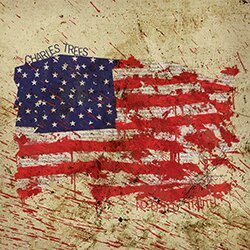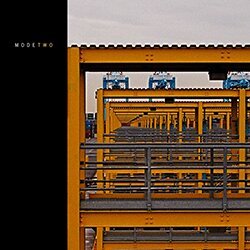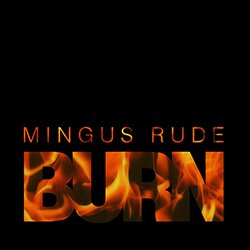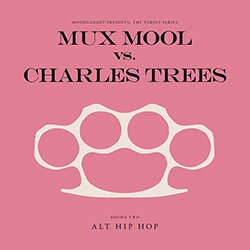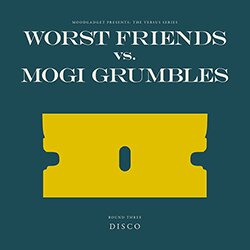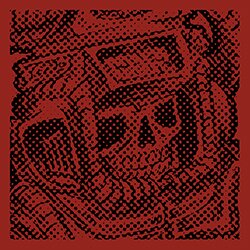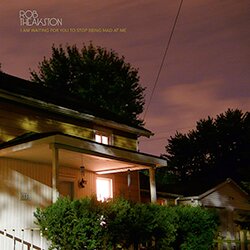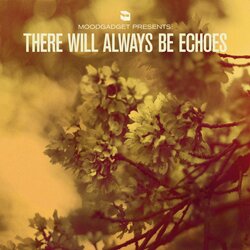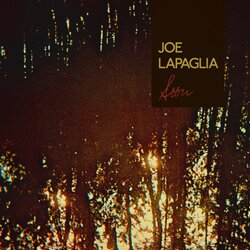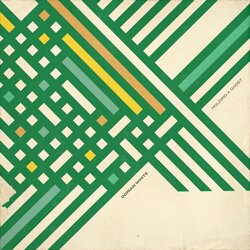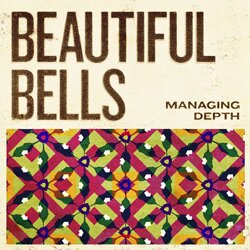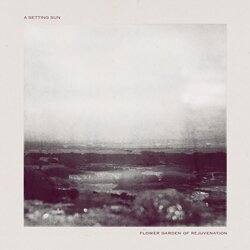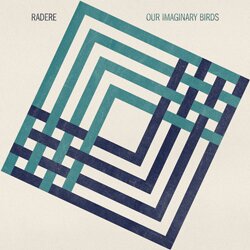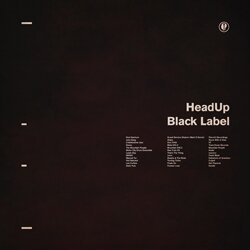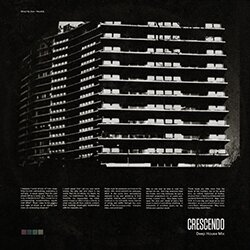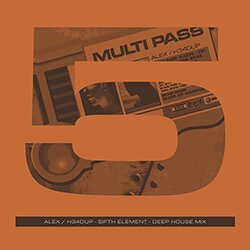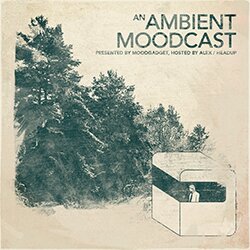AIGA: Defining the Designer of 2015
I came across this article on AIGA this morning (it’s old, from last summer, but still very relevant), they got together with the eminent minds at Adobe to look at design today and project it forward in the next 5 years to come up with what the Designer of 2015 will need to know in order to be successful. As an aspiring designer making the career switch from business development activities in sales, marketing and relationship management, toward a slightly more creative career path in design, I was surprised to see how many of the essential traits (listed below) pull from the other side of the office, the side I’m moving away from. Interesting comments as well, two of which summed things up, at least in my mind, perfectly. Simply put, they said designers need to be more business/strategy savvy, designers as simply “makers” are having a tough time. They need to be able to collaborate and communicate with the client effectively, helping them to design a good, sound strategy and then execute it with financial and operational efficiency. The article opens with a resoundingly relevant opening statement: “For several years, it has been apparent that design studios and corporate departments have been looking for a new kind of designer, one that has traditional skills and yet a much broader perspective on problem solving.”
Designer of 2015 Competencies:
- Ability to create and develop visual response to communication problems, including understanding of hierarchy, typography, aesthetics, composition and construction of meaningful images.
- Ability to solve communication problems including identifying the problem, researching, analysis, solution generating, prototyping, user testing and outcome evaluation.
- Broad understanding of issues related to the cognitive, social, cultural, technological and economic contexts for design.
- Ability to respond to audience contexts recognizing physical, cognitive, cultural and social human factors that shape design decisions.
- Understanding of and ability to utilize tools and technology.
- Ability to be flexible, nimble and dynamic in practice.
- Management and communication skills necessary to function productively in large interdisciplinary teams and “flat” organizational structures.
- Understanding of how systems behave and aspects that contribute to sustainable products, strategies and practices.
- Ability to construct verbal arguments for solutions that address diverse users/audiences; lifespan issues; and business/organizational operations.
- Ability to work in a global environment with understanding of cultural preservation.
- Ability to collaborate productively in large interdisciplinary teams.
- Understanding of ethics in practice.
- Understanding of nested items including cause and effect; ability to develop project evaluation criteria that account for audience and context.
The image above is from the mind-shattering creative output of Paul Lee, a designer from LA who has so many good projects under his belt, it amazes me to think he did all, or even most of this work, by himself. Even still, what you see is what you get, and that’s a lot– found on the Graphic Exchange‘s list of Excellence. Pretentious list title, I know, but worthy nonetheless, he seems to represent a successful designer both today and tomorrow.
Trackback URL
